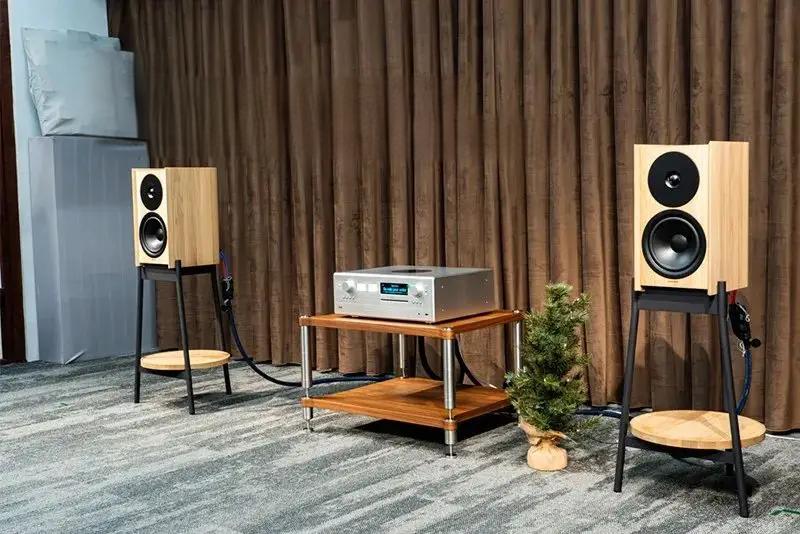
Dynaudio The Bookshelf: Where Danish Audio Meets Japanese Artistry
The Bookshelf represents an extraordinary departure from Dynaudio's traditional approach. Crafted from Hokkaido oak, the cabinet showcases natural wood grain patterns with an tactile appeal that invites touch. Its distinctive design features angular edges complemented by gracefully curved rear corners, while the included stand—reminiscent of a plant stand or small side table—firmly establishes these speakers as lifestyle pieces. This aesthetic direction marks a significant departure from Dynaudio's traditionally pragmatic design philosophy.

A Danish-Japanese Creative Partnership
While unmistakably a Dynaudio product, The Bookshelf's distinctive design emerges from a collaboration with renowned Japanese design studio Keiji Ashizawa. This creation represents a unique fusion of Danish and Japanese design sensibilities.
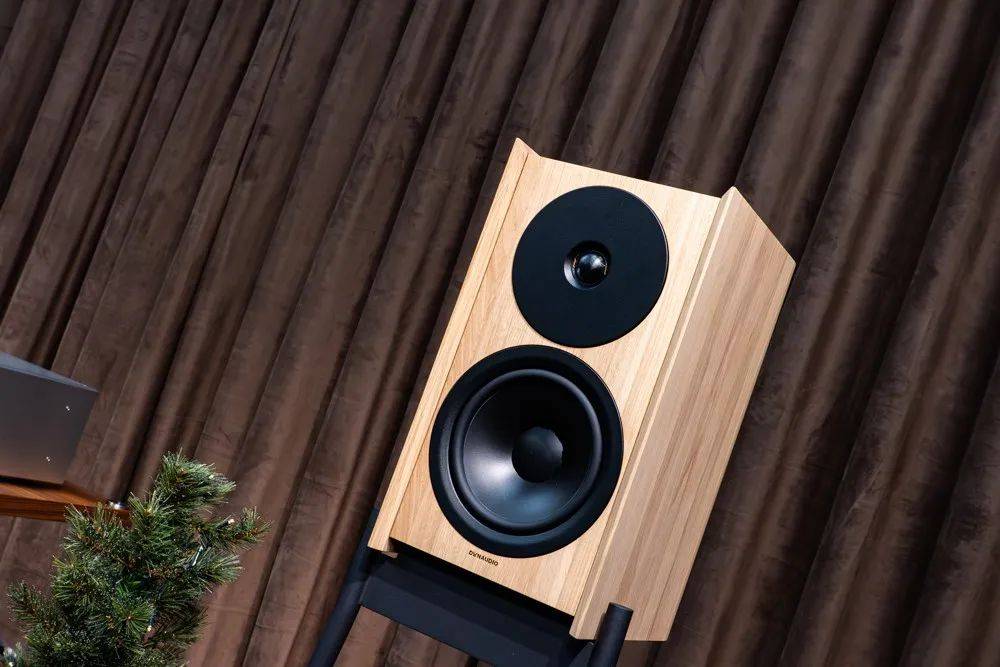
The designers at Keiji Ashizawa have infused The Bookshelf with "Japandi" essence—a portmanteau of Japan and Scandinavia (Scandi), representing the convergence of Japanese minimalist aesthetics and wabi-sabi philosophy with Scandinavian functionalism and light-toned design principles.
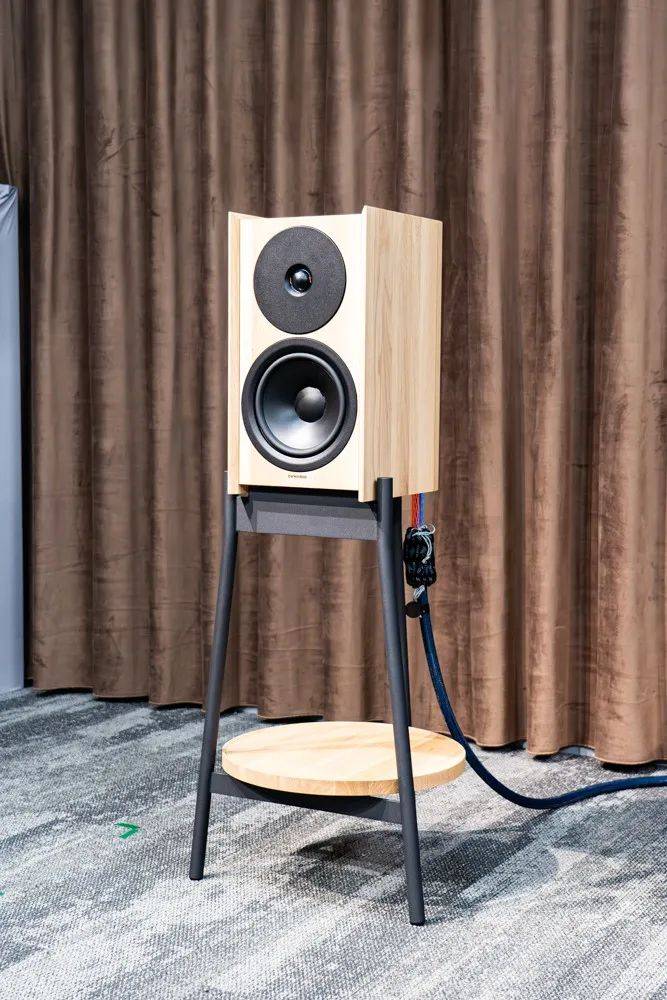
These design traditions share fundamental characteristics: both embrace minimalism and functionality. They exemplify the "Less Is More" philosophy while favoring natural materials that showcase their inherent qualities. In the case of wood, this means highlighting its natural color, grain patterns, and texture.
Such simplicity in design presents its own challenges. Creating beauty through pure geometry and natural finishes, without embellishment, requires exceptional attention to detail—including precise consideration of lines, transitions, textures, and grain patterns. The simpler the design, the more crucial these details become.
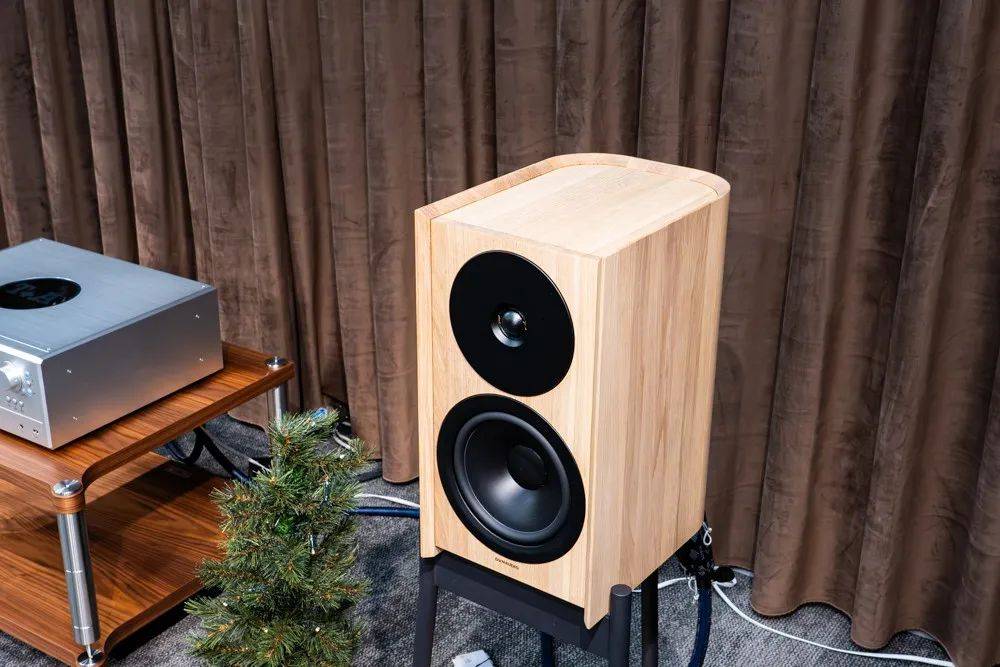
Traditionally, Dynaudio speaker cabinets were constructed from MDF with wood veneer finishing. For The Bookshelf, Keiji Ashizawa's team chose Hokkaido oak for the solid wood cabinet. While MDF's uniform density makes it easier to control resonance, solid wood presents greater challenges in managing acoustic properties and potential warping—explaining why most speakers utilize MDF construction.
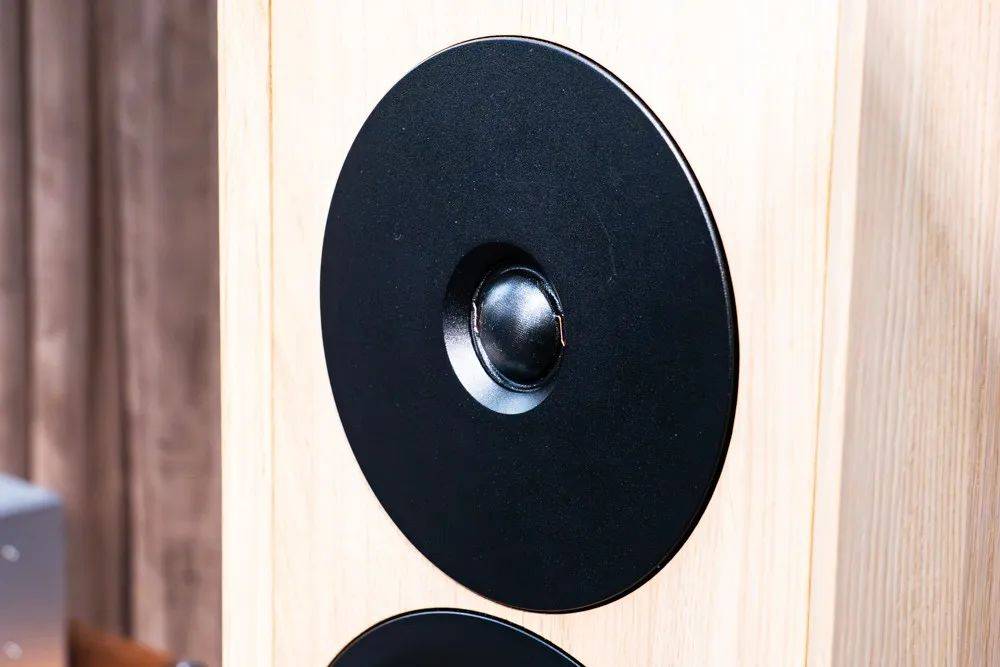
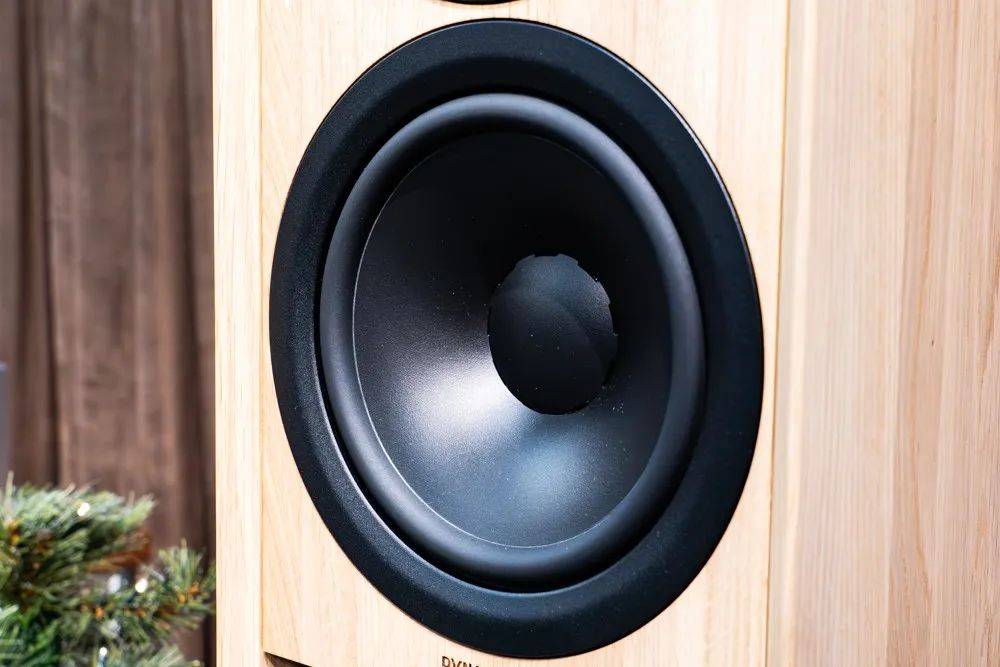
Keiji Ashizawa and Karimoku: A Design and Craftsmanship Partnership
True to Japandi principles, which prioritize natural materials, particular attention was paid to material selection. The long-standing partnership between Keiji Ashizawa and renowned Japanese furniture maker Karimoku—where one handles design and the other craftsmanship—brings these concepts to life. For The Bookshelf, Karimoku sources Hokkaido oak and processes it at their Gifu Prefecture factory. The wood undergoes 3-6 months of conditioning before cutting and cabinet construction begins. The surface receives only minimal finishing, preserving the natural oak's tactile qualities without veneer or heavy lacquer.
A Lifestyle Statement Through Design
Beyond the speakers themselves, The Bookshelf includes a specially designed stand that integrates seamlessly with the cabinet's angular front edges, extending these lines downward through its support pillars. The stand features a circular platform at its base, perfect for displaying books, plants, or decorative objects. This thoughtful integration transforms The Bookshelf from mere audio equipment into a living space centerpiece.
The design harmoniously combines geometric elements—square frontal aspects, round drivers, curved rear corners, and circular base plate—creating endless aesthetic appeal through these basic shapes. The Bookshelf truly represents a masterpiece of design integration.
From raw timber in Hokkaido to processing in Gifu Prefecture, then across half the globe to Denmark, The Bookshelf's journey reflects its unique character in Dynaudio's lineup.
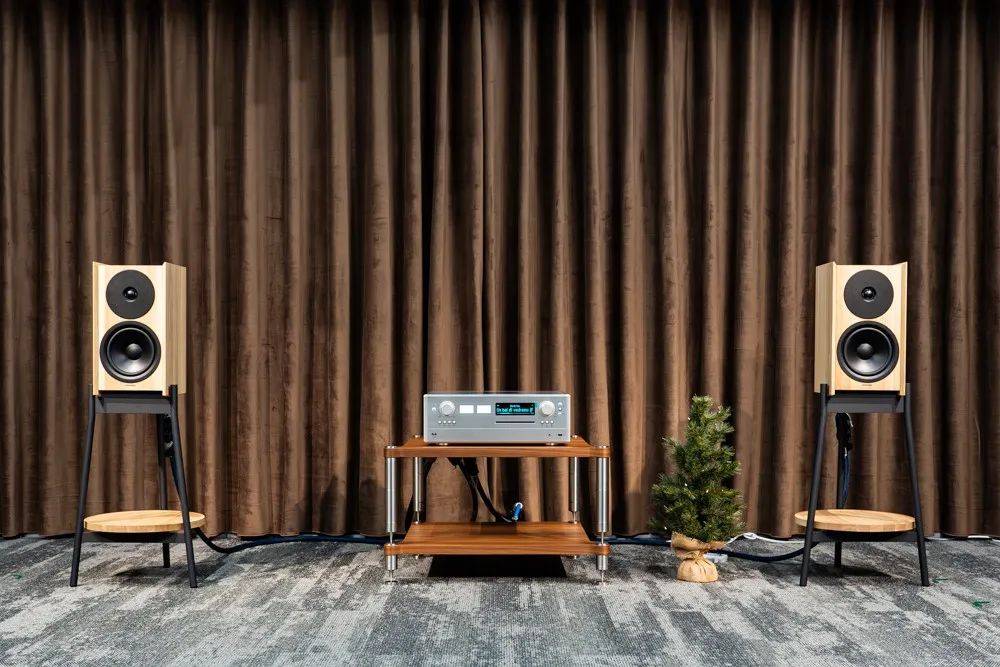
Technical Excellence Behind Beautiful Design
As a Dynaudio creation, The Bookshelf delivers more than just striking aesthetics. While Keiji Ashizawa's team infused it with Japandi's natural purity and harmonious flow, Dynaudio's acoustic team ensured exceptional sound performance.
Premium Driver Technology
The Bookshelf features Dynaudio's latest-generation Esotar 3 silk soft-dome tweeter. Its distinguishing feature is the Hexis dome behind the diaphragm, which disperses back waves and facilitates their absorption by damping material, reducing distortion by minimizing back-wave interference. The Hexis also provides mechanical protection against accidental damage. The inclusion of this premium tweeter, typically reserved for Dynaudio's higher-end models, signals The Bookshelf's positioning in their lineup.
The 18cm NeoTec MSP woofer employs an aluminum voice coil with a glass fiber former, driven by a powerful neodymium magnet system and mounted in a well-ventilated frame for optimal cooling. This is the same driver used in the flagship Confidence 20 bookshelf speaker, making The Bookshelf essentially a "Japandi-style" version of their flagship bookshelf model.
The crossover underwent months of testing, listening sessions, measurements, and refinements in Dynaudio's Jupiter acoustic laboratory to achieve optimal performance. Despite its minimalist lifestyle appearance, The Bookshelf delivers serious audiophile performance.
Exceptional Sound from a Minimalist System
When paired with the T+A R2500 R amplifier, The Bookshelf delivers remarkably realistic piano reproduction with rich tonal character. Piano reproduction presents multiple challenges: extensive frequency range, dramatic dynamics, complex mechanical sound production, and rich tonal layers. This combination handles all these aspects admirably. Despite being a two-way bookshelf design, its bass performance impresses. While perhaps not matching the depth of floorstanding speakers, it convincingly conveys the piano's authority. Under the R2500 R's 140W drive, it maintains composure while clearly articulating dynamic contrasts.
Consider Danilo Rea's "Lirico" album, featuring jazz interpretations of opera arias. A single piano conveys the emotional depth of full operatic performances. In "Your Voice Opens My Heart," the sustained low-register chords deliver both physical and emotional impact. Rea's occasional humming and improvisational ornaments are captured with clarity. Even subtle performance details, like hesitation effects, are rendered with such clarity that one can virtually see the pianist's movements. The rich, solid piano tone helps paint vivid pictures of operatic scenes.
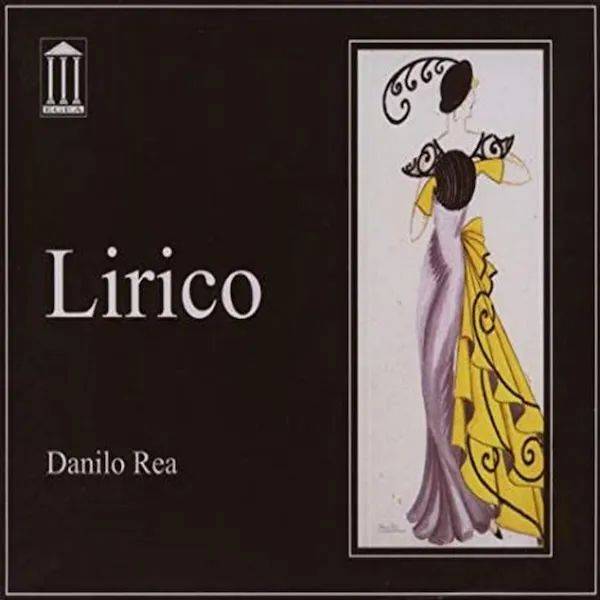
Spatial Precision and Expansive Soundstage
Detail reproduction has always been a Dynaudio strength. In "Hedwig's Theme" from John Williams' "The Berlin Concert," the opening glockenspiel with resonator tubes reveals intricate sonic details. One can clearly distinguish the mallet strike on the metal bars, followed by the complex interplay of resonator harmonics.

The Bookshelf projects a remarkably wide soundstage. During listening sessions, the speakers seem to disappear, presenting a natural panorama of sound. Orchestral sections layer and interweave naturally, particularly evident in the broomstick flying motif's development and the transformed owl theme for full orchestra. This ability to present both complex orchestration and clear musical lines demonstrates that The Bookshelf transcends mere lifestyle speakers—it's a true audiophile product.
Lifelike Vocal Reproduction and Performance Presence
The combination of open sound character and rich detail retrieval results in exceptional presence. Sara Bareilles' "Brave Enough: Live at the Variety Playhouse" demonstrates this capability beautifully. The simple arrangement, primarily voice and electric piano, highlights The Bookshelf's vocal reproduction prowess. Bareilles' dynamic range and emotional delivery are conveyed with striking realism, from subtle articulation details to audience interactions. The speakers manage to transport listeners to the performance space without introducing harshness often mistaken for detail. This achievement reflects Dynaudio's ongoing commitment to reducing distortion, evident across their range from the flagship Confidence series to The Bookshelf.

Impact and Dynamics in Musical Performance
Testing The Bookshelf with James Blood Ulmer's "Live at the Bayerischer Hof" reveals its capability with dynamic material. Unlike the Sara Bareilles recording, this album features full drum kit performance, showcasing The Bookshelf's speed and impact. In "Cry," the drums present with commanding presence, while the electric bass maintains steady rhythmic foundation. The speakers cleanly articulate Ulmer's distinctively textured vocals, complete with vibrato-enhanced blues inflections. The interplay between electric guitar, drums, and bass remains clearly delineated, demonstrating The Bookshelf's exceptional ability to construct a coherent musical landscape.
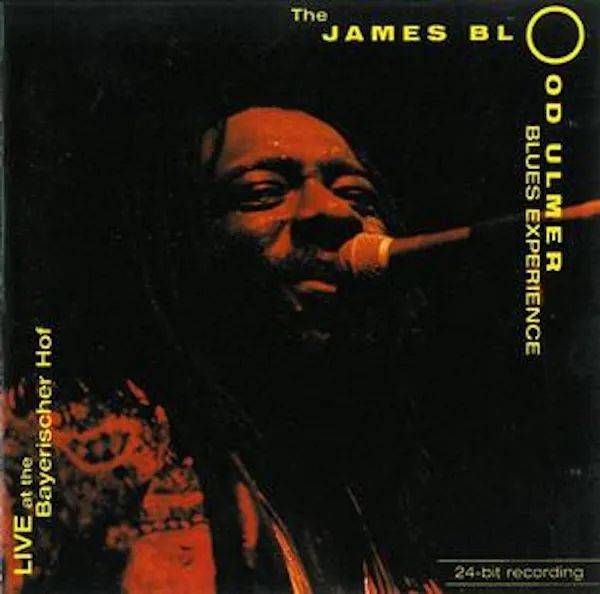
Low-Frequency Performance and Cinematic Scale
Hans Zimmer's complex film scores present a different challenge, one that The Bookshelf meets admirably. Unlike John Williams' traditional orchestral approach, Zimmer favors layered electronic elements and specially designed instruments. "Dream of Arrakis" from "Dune" exemplifies this, combining various percussion elements with unconventional sounds and deep electronic textures. The Bookshelf, despite its elegant proportions, generates surprisingly immersive sound with impressive spatial dimensionality—not just width and depth, but genuine height information as well.
In "Herald of the Change," the speakers clearly render unique reed instruments while maintaining the integrity of electronic bass elements and processed vocals, creating an appropriately mysterious atmosphere. When pushed to higher volumes, The Bookshelf's bass response proves more than adequate for both music and home theater applications, potentially outperforming many competing bookshelf designs in this regard.
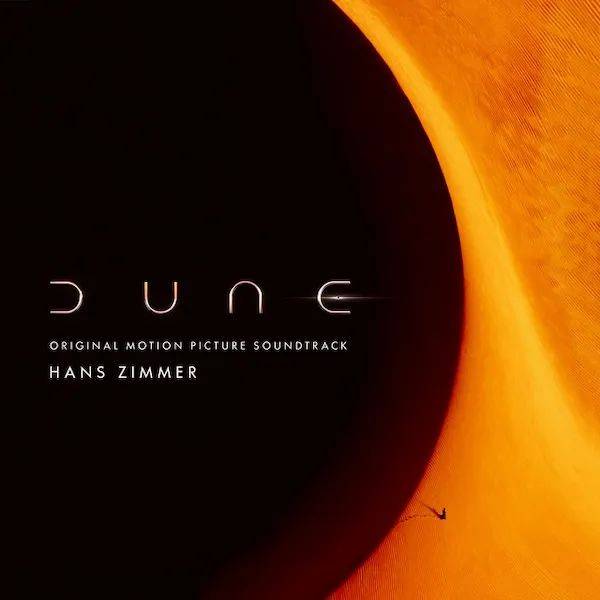
Limited Availability of an Exceptional Product
The Bookshelf presents an ideal solution for those who appreciate Japandi design aesthetics and seek speakers that complement rather than dominate their living space. However, production constraints at Karimoku's factory, which must balance speaker cabinet manufacturing with their primary furniture business, limit availability. While not officially a limited edition, annual production remains restricted—Taiwan's initial allocation, for instance, was just three pairs.
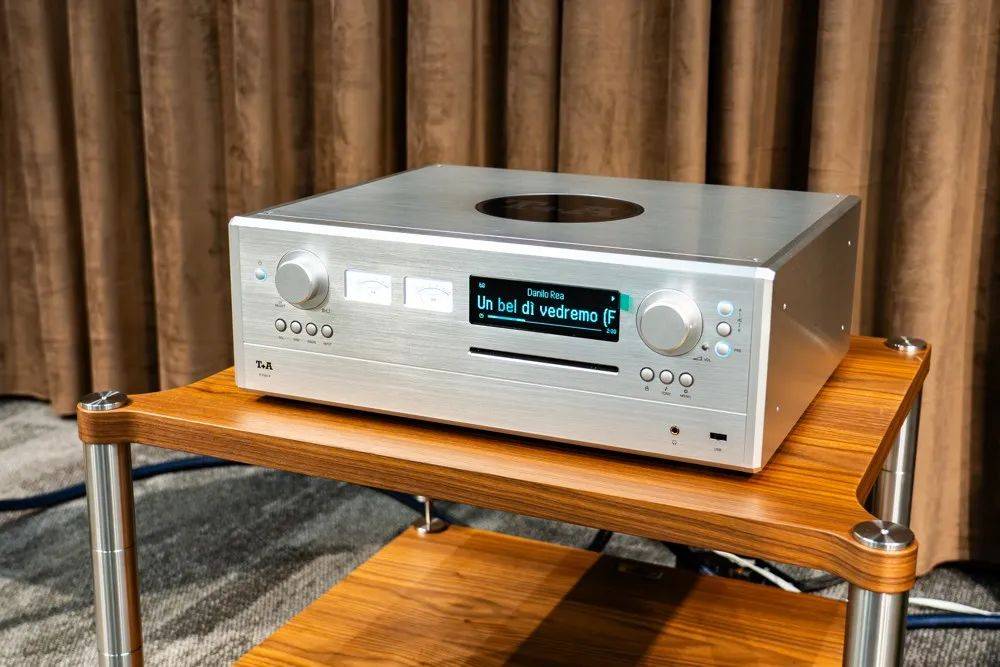
Priced at 10,000 euros—less than a Rolex Submariner—The Bookshelf represents a significant investment in both audio performance and design excellence. Given the limited production run, interested buyers should act decisively, as the next opportunity might be a year away.

This unique collaboration between Dynaudio and Keiji Ashizawa has produced more than just another high-end speaker. The Bookshelf represents a harmonious fusion of Danish acoustic expertise and Japanese design philosophy, delivering exceptional sound quality within an artwork-worthy form factor. For those fortunate enough to secure a pair, The Bookshelf offers a rare combination of acoustic excellence and design sophistication that elevates both the listening experience and living space.
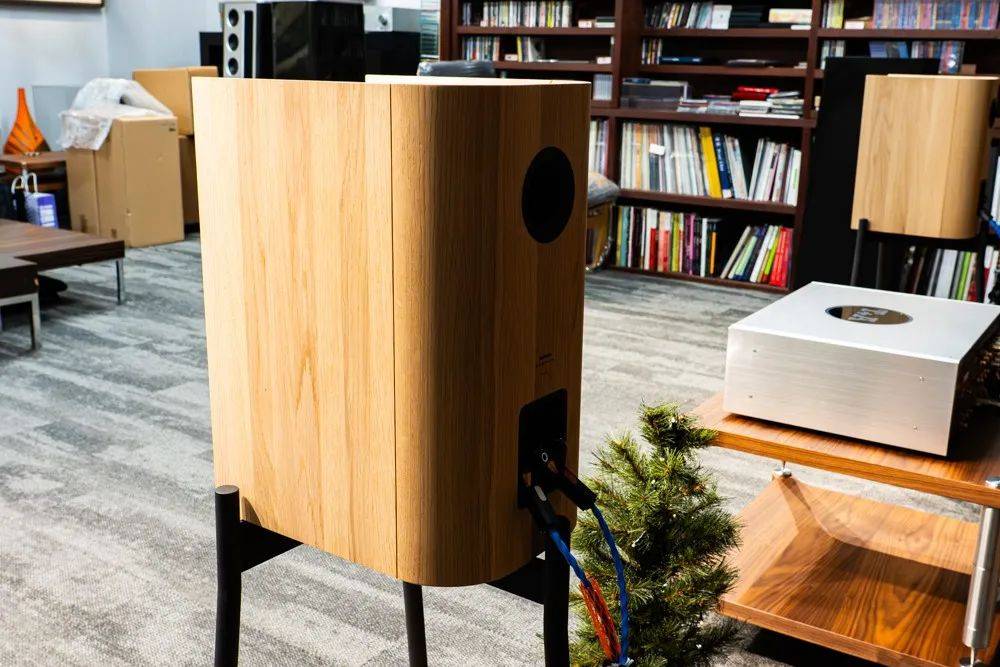
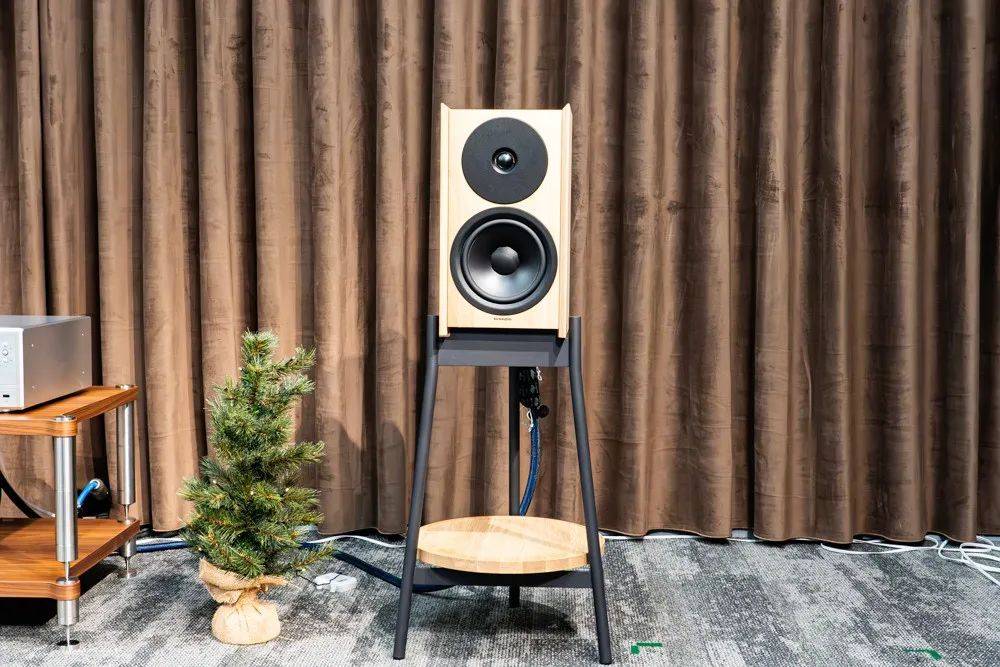

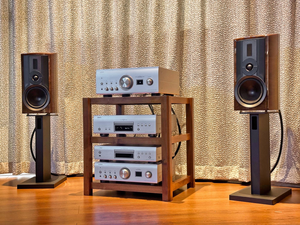
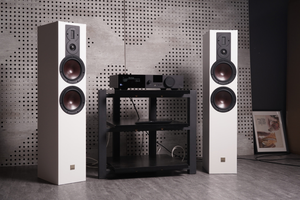
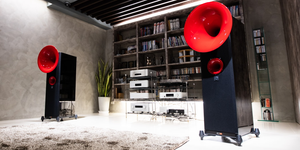
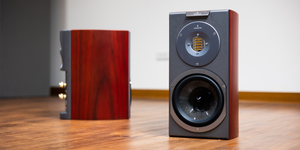
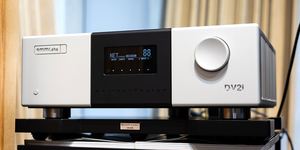
Comments